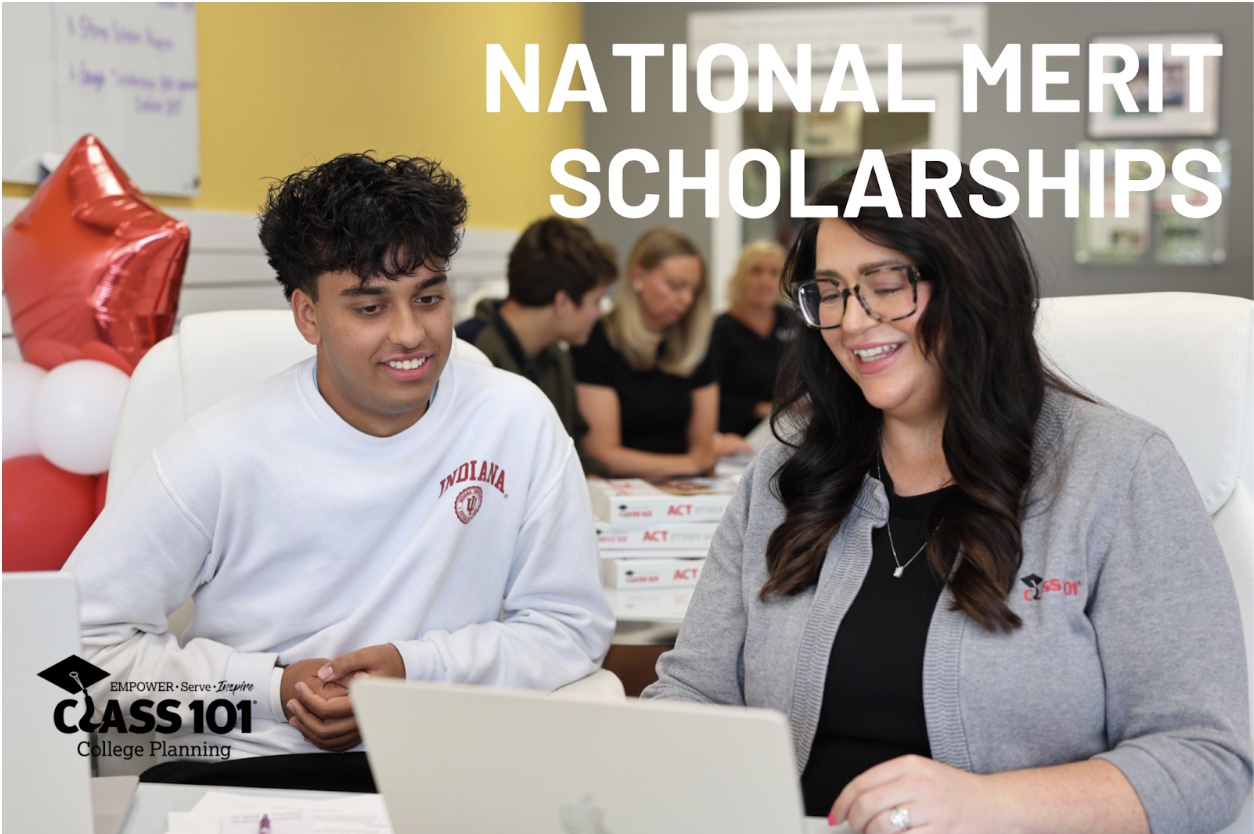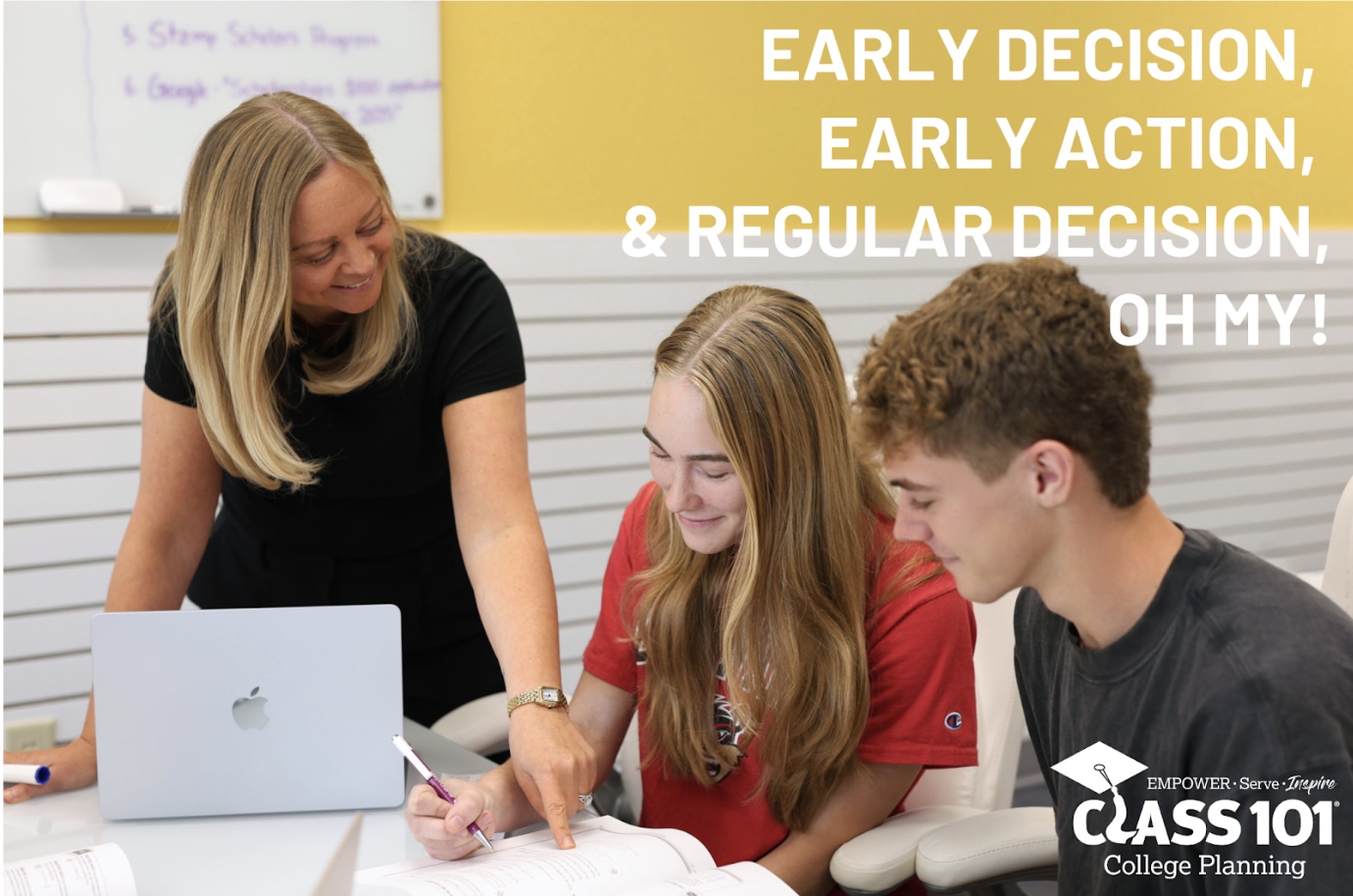February 21, 2025

With the cost of college rising, one of the biggest ways Class 101 supports families in their college planning process is by helping them understand and work through financial aid offers. We want to stress that while receiving a financial aid package from a private college or university is an important step toward making higher education affordable, it’s not always the final offer. Many families don’t realize that financial aid offers can be negotiable—and advocating for more aid is one option to explore.
Financial aid offers can look different from each school, so the first step we recommend is spending some time to fully understand your financial aid package from each college.
Understanding Your Financial Aid Package
Before you think about negotiating, take time to thoroughly review your financial aid offers. Offers typically include:
– Grants and scholarships: Free money that doesn’t need to be repaid (the best option!)
– Work-study opportunities: Part-time campus jobs to help cover expenses
– Loans: Funds that must be repaid, often with interest
Be clear on how much of your aid is free money versus money you’ll need to repay.
Leveraging Multiple Offers to Negotiate Aid
Next, we encourage families to compare the cost of attendance minus the financial aid package for
each college. If you’ve received financial aid offers from multiple colleges, you may be able to use one offer to negotiate a better package from another school. Private colleges may be willing to match or at least consider the financial aid offered by a competing institution, especially if they view your student as a strong candidate.
In this step, it is important to compare the total net cost, not just the amount of aid you’ve been awarded. This includes tuition, fees, housing, and any additional expenses, minus all grants and scholarships.
For example:
– College A offers $15,000 in grants, but its tuition is $50,000. Your net cost is $35,000.
– College B offers $10,000 in grants, but its tuition is $40,000. Your net cost is $30,000.
In this scenario, College B is more affordable, even though College A’s offer is larger.

Reach Out to the Financial Aid Office
Contact the college’s financial aid office to explain your situation and request an appointment or call to discuss your aid package. Be polite, respectful, and prepared to provide documents that support your request for more aid..
During your conversation, clearly outline:
–Why you’d like to be considered for more aid: Be specific about financial challenges and updated information that may not be reflected in your FAFSA.
–Why the school is your top choice: Let the school know why it’s your top choice and that you’re eager to attend if the financial package can align with your family’s budget.
–Evidence to support your request: Share documentation of competing offers.
Remember – the goal is to create a collaborative tone! We recommend following up with an email that reiterates your request and expresses appreciation for their current offer and for their willingness to review your request.
How Class 101 Bloomington Helps
At Class 101 in Brandon, Flordia we’re committed to helping families like yours achieve affordable access to a quality education. Our experienced team is here to guide families every step of the way. We help families:
– Review and analyze financial aid offers
– Strategize your negotiation approach
– Draft professional letters to financial aid offices
– Maximize the aid available to you and your student
Contact us to learn more about how we can help you navigate college financial aid with confidence.
Alyssa Stegemoller

December 8, 2025
inancial Strategies for Students and Families For many students, earning a college degree is a life-changing milestone, but the financial burden that comes with it doesn’t have to be. With tuition costs rising each year, it’s important for the families we work with to plan ahead and make smart decisions to reduce student debt after […]
Read More >
November 19, 2025
Every fall, high school Juniors in Brandon and across the country take the PSAT/NMSQT. It’s a test that does more than just prepare students for the SAT. It’s also the qualifying test for the National Merit Scholarship Program, one of the most prestigious academic honors a high school student can achieve. At Class 101 Brandon, […]
Read More >
October 29, 2025
Choosing how and when to apply to college can be just as important as where you apply. As college admissions become more competitive, understanding Early Decision, Early Action, and Regular Decision can help you develop a smart, strategic plan and improve your chances of getting into your top-choice schools. As Class 101 advisors, it’s our […]
Read More >